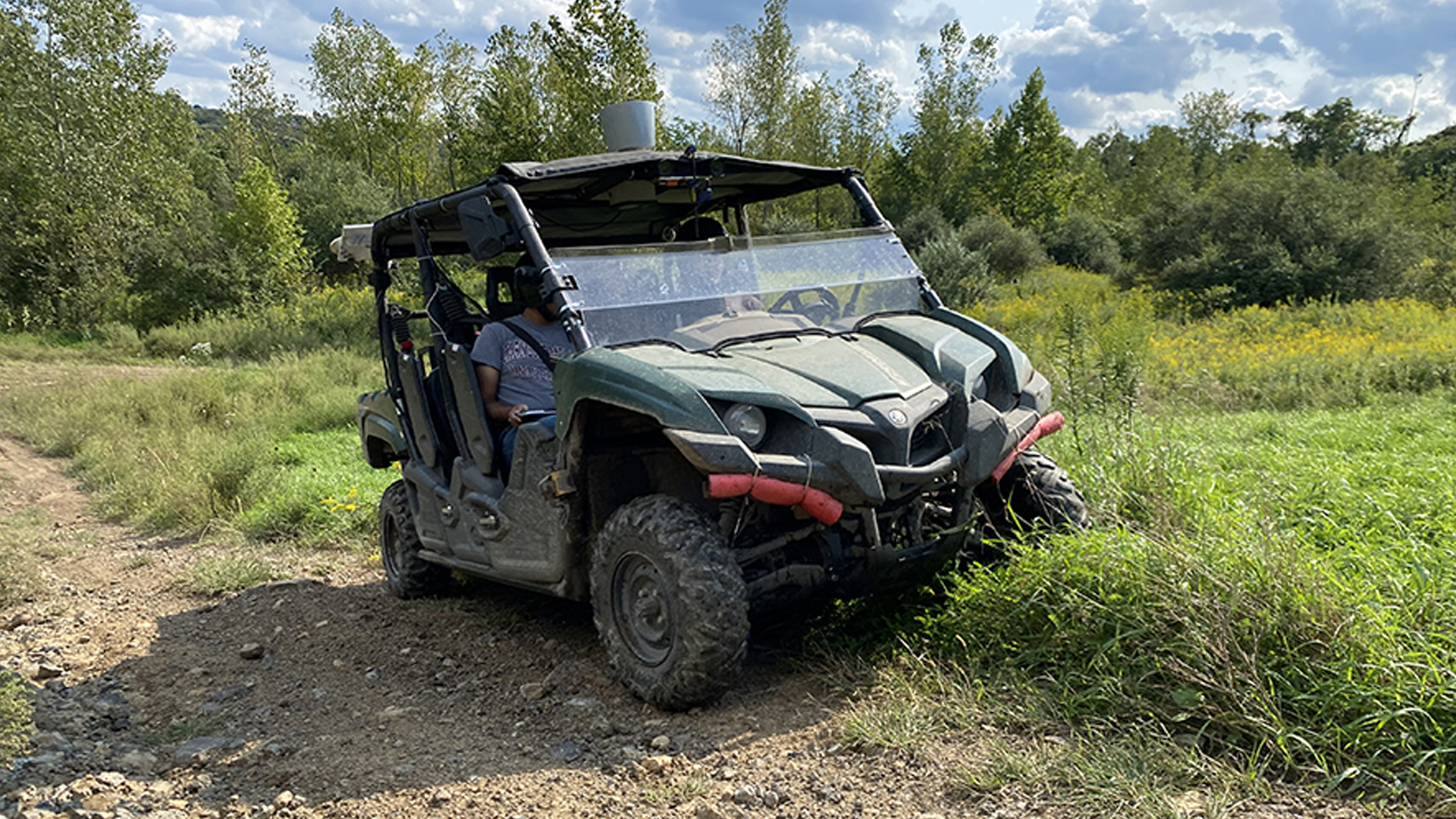

The future for autonomous driving cars may not be limited to just roadways. TartanDrive is a massive data set with nearly 200,000 off-road interactions that may help future programmers understand physics so that vehicles can interpret terrain more intuitively. There’s a genuine use for that in a rapidly changing world where infrastructural disasters can happen very suddenly.
This week, Carnegie Mellon University presented its report about TartanDrive to help change how autonomous vehicles interpret landscapes. At the moment, the way that a robot looks at off-road environments is to identify surfaces like “mud,” “grass,” “rocks,” etc. But that’s not actually very helpful in determining how to drive over them.
Anyone who’s ever gone off-roading knows that there are many different types of mud. Identifying what type of surface is one thing, but it’s much more important to be able to respond to how it treats the car.
For that, you need physics. For physics, you turn to scientists, so researchers took a Yamaha Viking all-terrain vehicle sliding and driving over every surface they could lay the wheels on. More than 200,000 data points were collected, which can be used to make vehicles that are smarter and more responsive in off-road contexts, interpreting the world physically rather than via mapped labeling.

You might be asking why on earth an autonomous vehicle would need to go off-roading, and that’s a valid question. But there’s a good reason for this, and it’s not so robots can take over your local off-roading park.
Off-roading is for experienced drivers who know what they’re doing, which is great if you are heading to the park or to a trail, or in a context where you’re expecting to go off-road. But that’s not always the case; if there’s a natural disaster like flooding or circumstances that cause roads to collapse,, suddenly drivers who don’t have that experience will need it, maybe in emergency circumstances.
If robotics has a better understanding of how to go off-road, that means driver aides for those situations can be improved to the point that if an emergency worker can get to a suitable vehicle, they can traverse the terrain relatively safely without having to be specially trained. Of course, it’d be ideal if every paramedic or first responder was a superhero, but if that doesn’t happen, the least we could do is make it easier for people to get to emergencies.
Got a story tip? Mail it in to tips@thedrive.com